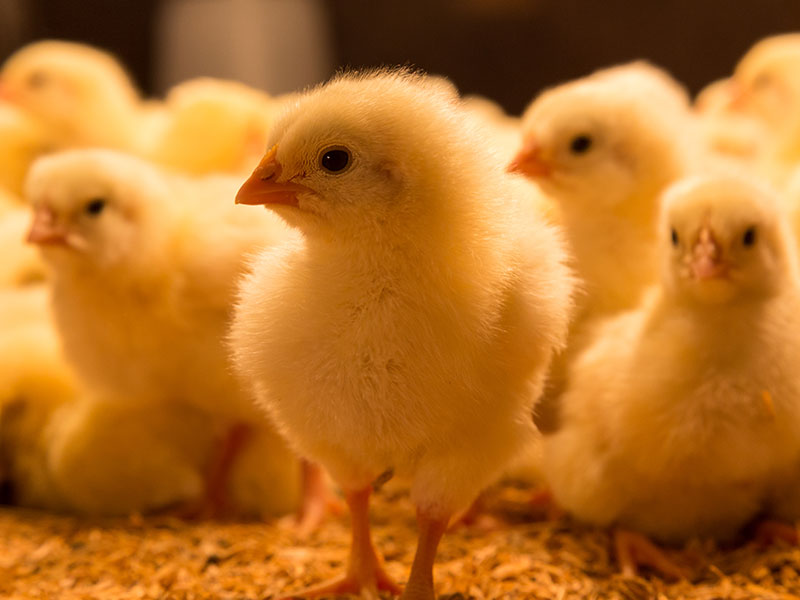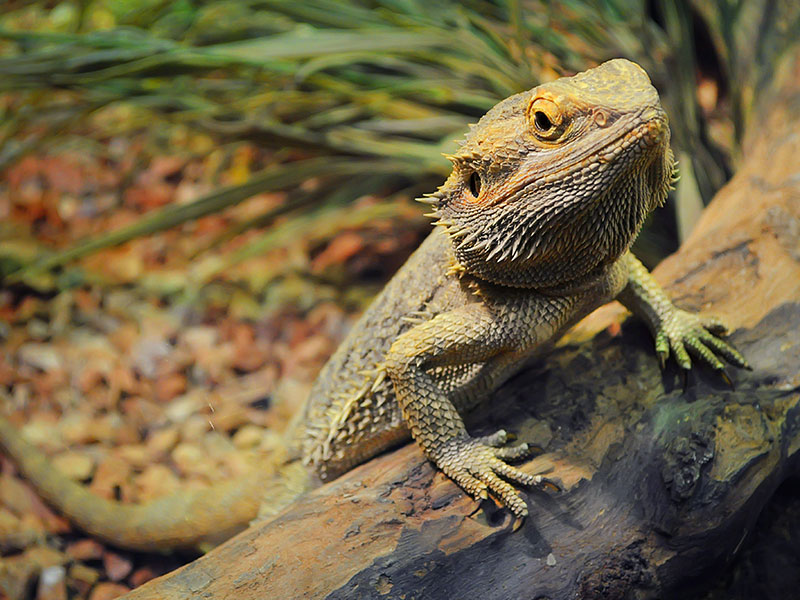FIVE CONVENIENT SIZES
SOLDIERS |
COVERAGE |
| 250,000 | 10,000–25,000 ft² |
| 125,000 | 5,000–12,500 ft² |
| 20,000 | 800–2,000 ft² |
| 5,000 | 200–500 ft² |
| 500 | Pot Shot! |
COMMON APPLICATIONS
GRUB PESTS (PREY)
Being a generalist predatory mite capable of overwintering in North America’s coldest Winters, the list of prey is surely much longer. The Grub Grenade™ is dedicated to supporting trials and research to build on science and knowledge of this creature’s amazing abilities and host range. If you are interested in trying Stratiolaelaps scimitus for a pest not on the list here, please contact info@grubgrenade.com for discussion.
FUNGUS GNATS
Fungus gnats are typically the small, slow flying gnats you find gracefully flying around plants that have been overwatered or are unhealthy, or simply from contaminated soil you purchased. Although the adults are relatively harmless, the larvae of fungus gnats are actively feeding on the plants’ roots. This can expediate the decline of the plants’ health and eventually aid in killing the plants.
Fortunately, Stratiolaelaps scimitus is an excellent predator to fungus gnats and one application for the life of the plant should be all that is needed to eradicate the infestation and prevent further infestations from arising.
OVERWINTERING SPIDER MITES
Two-spotted spider mites will enter a “red phase” when they go into diapause, most often triggered by day length. When they do, they need to find a place to “hibernate”, which is typically down in the soil. In greenhouses, they often utilize ground penetrations like plumbing or posts to easily get down to a safe depth for this vulnerable stage of their life.
Fortunately for growers, Stratiolaelaps scimitus will easily locate and feed upon these spider mite refuges. For growers in greenhouses, it is recommended to give a 25ml scoop of Stratiolaelaps scimitus media to each ground penetration, and then broadcast the remaining product along the floors of the greenhouses during the off-season. This will give next season’s crop a huge advantage.
SYMPHYLANS
Symphylans typically consume decaying vegetation, but can do considerable harm in agriculture by feeding on seeds, roots, and root hairs.
PUPATING THRIPS
Thrips are a common pest. Like spider mites, their damage is quite visible and permanent, which can be devastating for some crops. In a thrips life-cycle, their pupation occurs in soil. This is where they’re most vulnerable and eaten by Stratiolaelaps scimitus. Research shows a grower can see an 80% reduction of thrips by only using Stratiolaelaps scimitus in the soil.
Root Weevils
Root weevils’ eggs are usually the only stage of their lives that are small enough to be consumed by Stratiolaelaps scimitus, but trials have indicated it is enough to break the cycle and give years of control.
Sow Bugs and Pill Bugs
Or woodlice. Wikipedia: Although woodlice, like earthworms, are generally considered beneficial in gardens for their role in controlling pests,[35] producing compost and overturning the soil, they have also been known to feed on cultivated plants, such as ripening strawberries and tender seedlings.[36]
Woodlice can also invade homes en masse in search of moisture and their presence can indicate dampness problems.[37] They are not generally regarded as a serious household pest as they do not spread disease and do not damage sound wood or structures.
Woodlice have many natural predators, some specialized predators, and are seldom a major pest problem. But for those times when they do target your plants, Stratiolaelaps scimitus is one of the naturally occurring predators that can remedy the problem.
Root Aphids
Like fungus gnat larvae, Root Aphids suck the life out of your plant through the root. Being soft-bodied aphids in the soil, they’re an easy prey for Stratiolaelaps scimitus. Get Stratiolaelaps scimitus in early in the crop, ideally at propagation, to keep on-top of pest populations like these, so they never have the opportunity to stunt or damage your plants.
Root Mealybugs
Like root aphids, if these get into high-enough numbers they can kill your plant. And like root aphids, they are easy targets for Stratiolaelaps scimitus. Get the Stratiolaelaps scimitus into the pots as soon as planting or seeding to get a head-start.
Bulb Mites
Decades ago, researchers found that Stratiolaelaps scimitus is an excellent control method for bulb mites. The Stratiolaelaps scimitus will make their way into and around the bulbs and eliminate the bulb mites.
Springtails
There is quite an elaborate Wikipedia page on Springtails: https://en.wikipedia.org/wiki/Springtail
Stratiolaelaps scimitus feed on and control Springtails. Due to the abundance of Springtails all over the world, it is in many ways thanks to Springtails that low levels of Stratiolaelaps scimitus can be maintained in your garden once they have eradicated the target pests, and can remain established for years to come.
Nematodes
Beneficial or not, nematodes are very sensitive to humidity and temperature and need to live within that small window to remain alive/established, typically no longer than 1 month outdoors. Typical pest nematodes found in garden are common targets for Stratiolaelaps scimitus.
Beneficial nematodes can be used to knock down a heavy pest infestation, but it is always much more economical to use Stratiolaelaps scimitus as they persist for multiple years, as opposed to weeks.
Varroa Mite
Research is currently underway. It is confirmed Stratiolaelaps scimitus feed on Varroa Mite in vitro, but not yet confirmed efficacious within a hive. Feedback from trials have been both positive and negative. If you are interested in doing a trial in our hive, please contacts us for discussion.
Poultry Red Mites
Poultry Red Mites are a terrible pest and carrier of disease for poultry. Stratiolaelaps scimitus has long been used to treat hen houses and outdoor areas where poultry roam to control the Poultry Red Mites.
Phoretic Mites
Stratiolaelaps scimitus has long been used to treat pets’ cages and living areas to eliminate phoretic mites.
Shore Flies
Stratiolaelaps scimitus is a natural predator of shore flies, but if shore flies are a major pest for you, we recommend the predatory rove beetle Dalotia coriaria, readily available and produced by many commercial insectaries. Dalotia can thrive in wet locations, even down storm drains, where shore flies also like to be. So, they are a more logical and likely more economical choice in that they would be more likely to remain established much longer in wet areas than Stratiolaelaps scimitus would.
Rose Midge
The rose midge is a growing problem in many areas of North America. Trials with Butchart Gardens in BC with both predatory mites Stratiolaelaps scimitus and Gaeolaelaps gillespii have been conducted over several years with good results, Stratiolaelaps scimitus favoring Gaeolaelaps gillespii (Gg). The results are good enough that Stratiolaelaps scimitus or Gg can be used instead of chemicals, which don’t work anymore anyways.
Yes, roses can (and should) be grown chemical-free. Jack Falker, the Minnesota Rose Gardener sums it up so well: https://theminnesotarosegardener.blogspot.com
HOW TO USE
Only one application is needed in most circumstances.
Use a measuring spoon if needed. For example, one ml will contain approximately 25 eggs, nymphs, or adult mites. Simply pull out one plastic end of the tube and scoop or sprinkle directly from the container and apply to the target area.
The carrier material is a blend of vermiculite and peat which simulates a soil-like condition for the mites.
Don’t worry about distributing evenly! The mites will disperse themselves and concentrate where higher pest populations exist.
How much should I use?
- To inoculate new grow areas before pests arrive and to prevent soil pests from establishing, use 25 mites/sqft (or 250 mites/m2).
- To treat an area with a current soil pest infestation, use 10x the preventative rate (250 mites/sqft, or 2500 mites/m2).
- To treat a contained area for phoretic mites, ie. a bearded dragon terrarium, use 1x 5000 tube.
- For more accurate application rates, please don’t hesitate to contact us so we can recommend a rate for your specific application.
ABOUT US
For over 30 years, Stratiolaelaps scimitus has been the cornerstone of the biocontrol industry. Being the starting point of IPM programs for new crops of professional growers, Stratiolaelaps scimitus is used at propagation to prevent the establishment of fungus gnats, root weevils, and root aphids (to name a few), and to aid in other biocontrol programs, such as breaking the cycle of thrips by feeding on the pupating thrips in soil, or feeding on diapaused/overwintering spider mite to reduce the resident population of spider mites which will return next grow season.
The Grub Grenade™ specializes in supplying these beneficial insects direct from the production facilities to you, packaging and shipping on the same day of pick-up for optimum quality and efficacy.
The Grub Grenade™ is situated in Victoria, British Columbia with immediate access to North America’s largest beneficial mite and insect producer, Applied Bio-nomics Ltd. For more information on Applied Bio-nomics, visit www.AppliedBio-nomics.com.

Bulk shipping?
Email sales@grubgrenade.com for high volume discounts.

Always Fresh!
Guaranteed fresh and to arrive alive.

CONTACT US
info@grubgrenade.com
sales@grubgrenade.com
©2019 The Grub Grenade™






